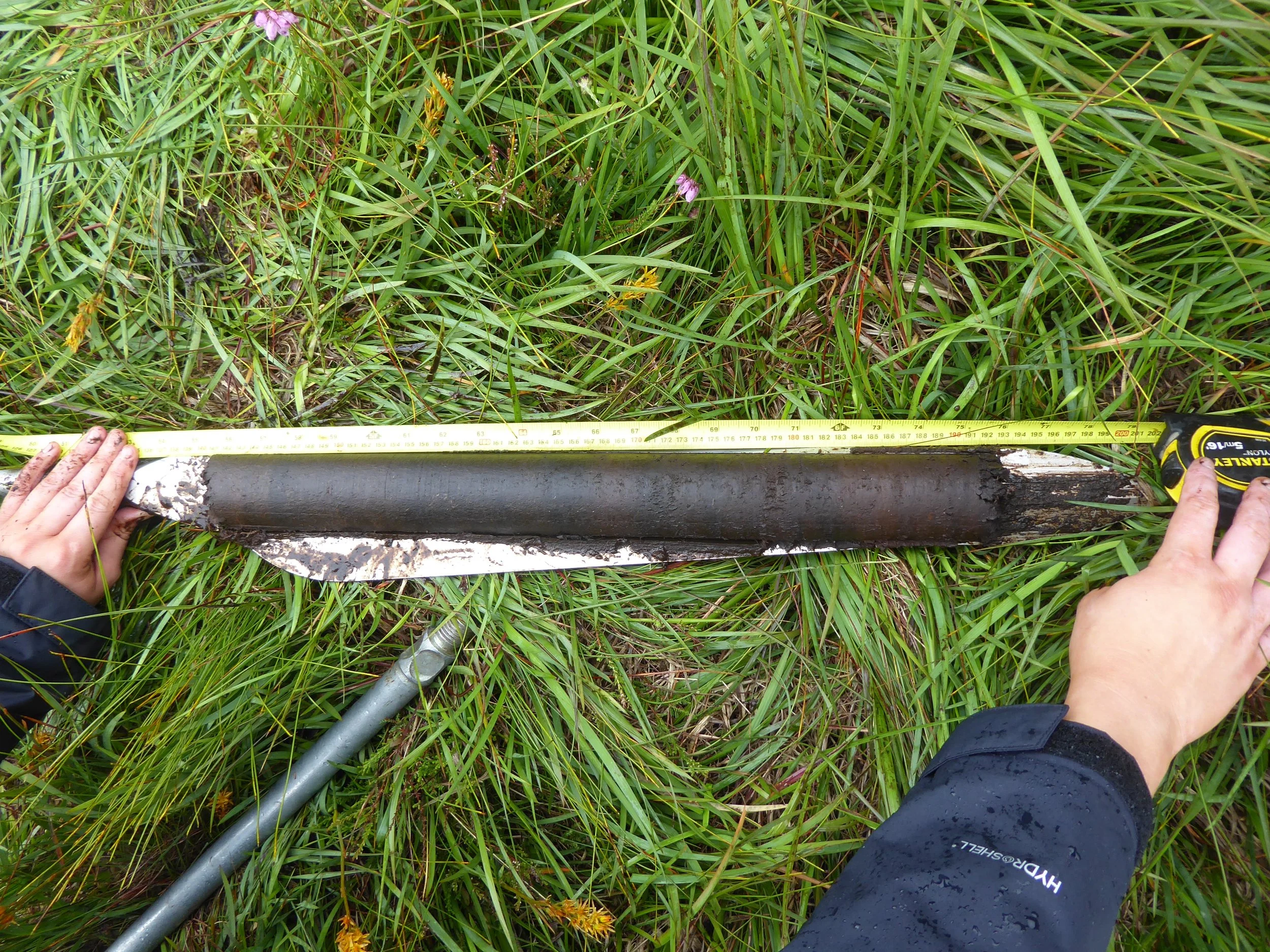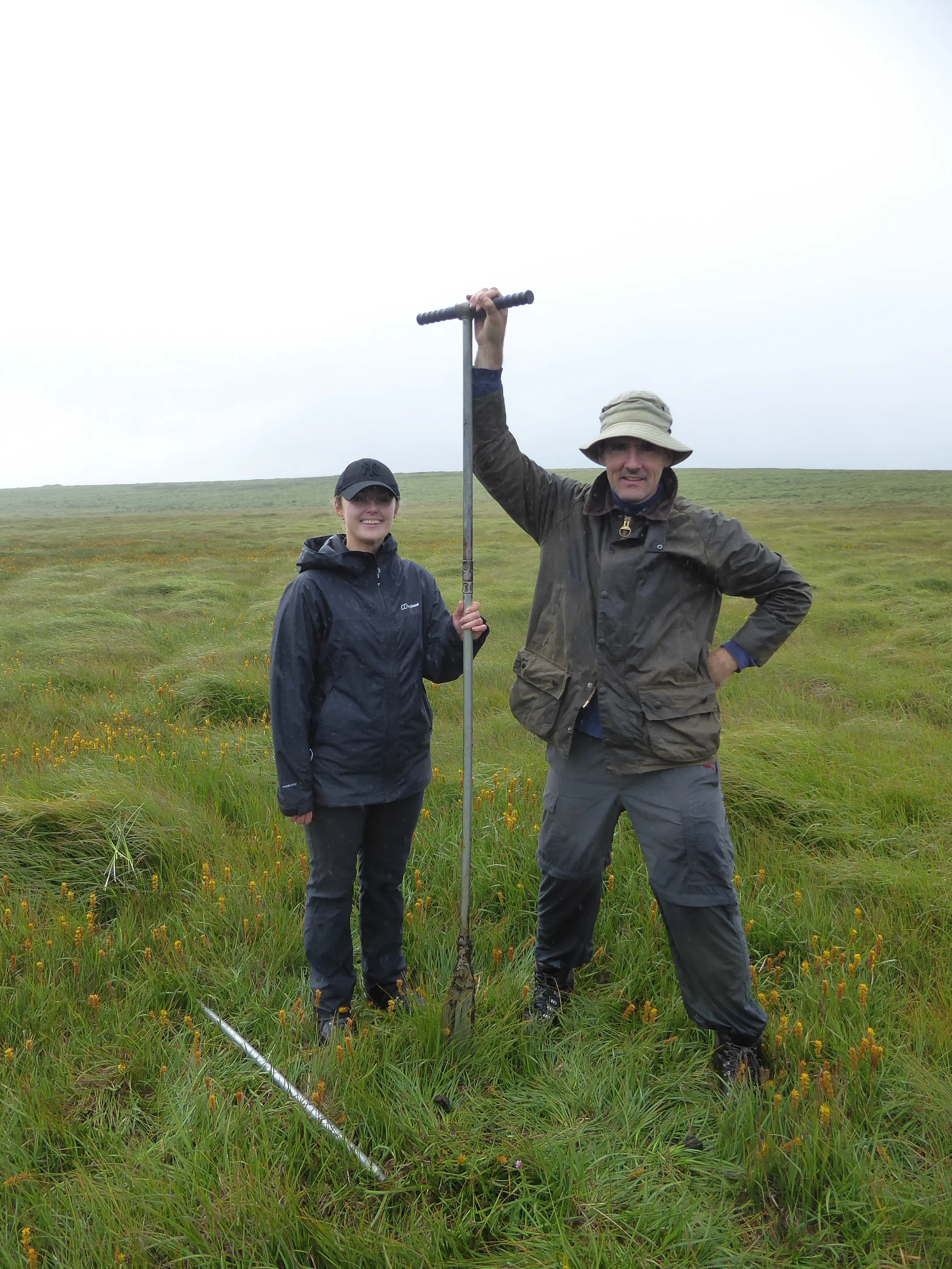Reconstructing the past using peat
When you think of palaeoecology - using ancient material to reconstruct environments and how they changed over time - you might first think of fossils or ice cores. Examining samples can tell us huge amounts about past ecologies, species that lived and died in that place, global climate trends, and human activity too. But the big issue is, can we find suitable organic remains that are in good enough condition?
Peat is ideal for this sort of study. Preserved within peat can be immensely informative remains of insects, seeds, charcoal, pollen, spores, and even microscopic organisms. To learn all that we can about our peatland landscapes – how they have changed and continue to change - we're starting a project out in mid-Dartmoor near Princetown to look below the surface of the peat and delve into the past. Working with researchers from the University of Plymouth, we're collecting peat cores from an area of well-preserved bog surrounded by recent peatland restoration works at Prison Farm, owned by SWPP funder the Duchy of Cornwall, and tenanted by the Cole family.
A core of peat taken in late July on Dartmoor at Prison Farm
Dr Martin Gillard, SWPP Historic Environment Officer, explained why we're looking at this:
“Peat contains an incredible record of our relationship with the environment and how this has changed over time. Studies like this help us understand how the Dartmoor landscape we see today came into being. If the peat dries out and erodes, this information is lost forever.”
We have only just started; our initial coring found good quality peat 2 metres deep. The next steps will include taking more samples, getting Carbon-14 dates from them, and examining the full range of evidence that can be preserved in the peat. In time, we will be able to get a much better idea of what went on in this area and how human activity and environmental changes interacted. This will include more recent evidence lying close to the surface. It may be possible to return in the future and see what impact recent restoration works have had.
Laura Scoble, from the University of Plymouth, said:
"Peat can preserve a wide variety of fossil material, providing us with a record of long-term climatic and environmental change. Palaeoecological approaches can be used to reconstruct past landscapes and consider the different drivers of vegetation change through time, such as climate and human-environment interactions. This valuable information can be utilised for conservation and restoration projects such as Dartmoor, making the preservation of peat deposits even more important."
Laura Scoble & Professor Ralph Fyfe, University of Plymouth holding a peat corer out on Dartmoor


